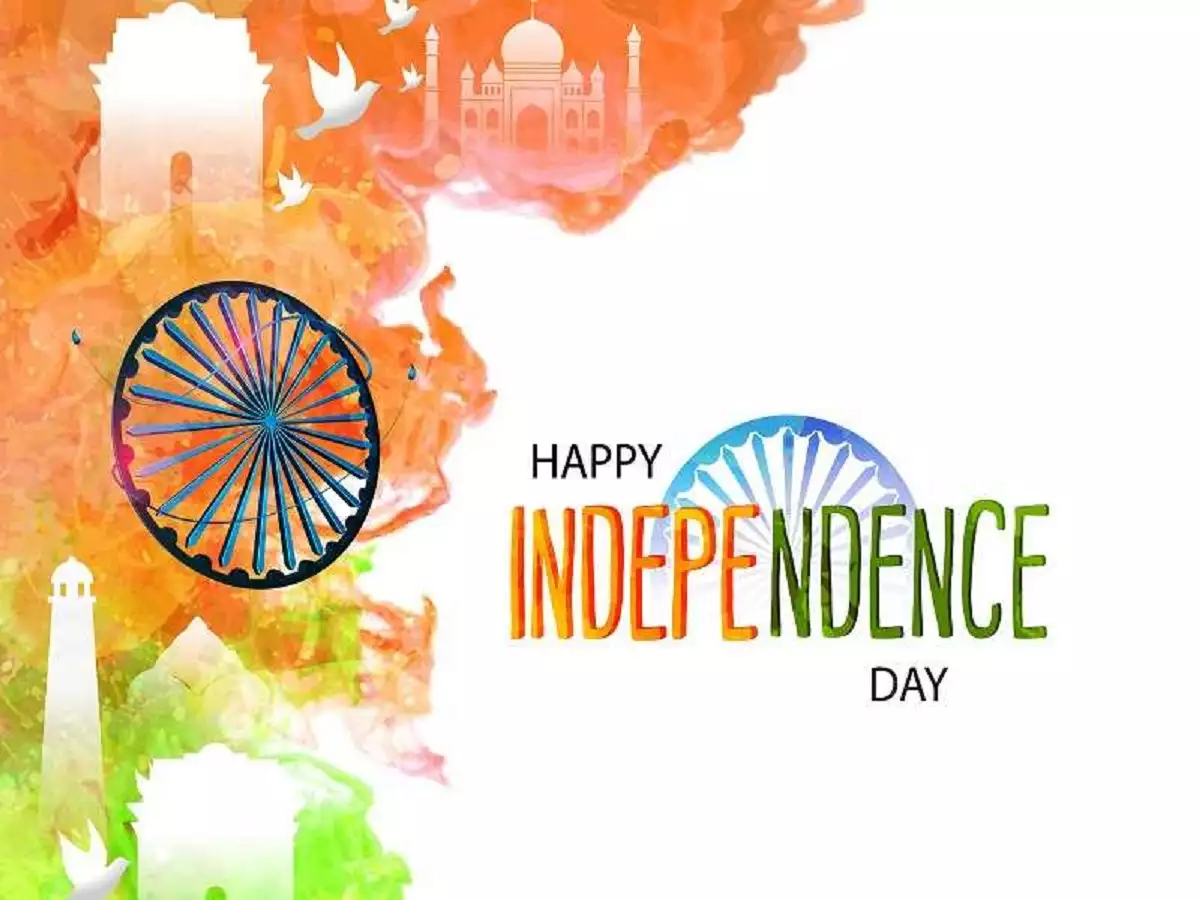Independence Day – Autonomy Day is a yearly festival of the day India acquired independence from unfamiliar rule. It was a notable day for our country, for following quite a while of battling contrary to the British rule India was formally free. Indians praise this day every year, carving out opportunity to recollect the legend’s that assisted us with acquiring Independence.
Indian Independence Day History

India had been administered by the British for quite some time. For around 100 years India was controlled by the East India Company. In 1757 the Company won the Battle of Plassey began applying power once again India. In 1957 India had it’s most memorable defiance to the unfamiliar rule where practically the whole nation joined against the British. Tragically, India was crushed yet after that Indian rule passed to the British crown who controlled until India was autonomous. It was shortly after a long mission for autonomy and Britain being debilitated after two universal conflicts was India at last conceded it’s opportunity.
India’s opportunity battle has motivated the world for it was the most peaceful missions on the planet. The pioneers who emerged to lead the opportunity development are recalled with adoration in India, yet all the same from one side of the planet to the other.
Indian Independence Day Dates
India acquired autonomy on fifteenth August 1947 at 12 PM. Our most memorable Prime Minister, Jawaharlal Nehru, gave a wonderfully phrased discourse beginning with the words, “At the stroke of the 12 PM hour, when the world dozes, India will alert to life and opportunity.”
Tragically as India got autonomy, it was partitioned into two nations, India and Pakistan. However, pakistan praises it’s Independence Day on fourteenth August instead of fifteenth August.
Indian Independence Day Facts
India has been free for a long time.
India is named after the waterway Indus.
India has had 13 full-time Presidents
India has had just a single female president.
India’s space program is among the best five space programs on the planet
India has had 14 state leaders.
India has just had one female state leader.
India’s public creature is the tiger.
India is the seventh biggest country on the planet
India is the biggest majority rules system on the planet.
India’s public bloom is the Indian Lotus.
India is the second most populated country, after China.
Indian Independence Day Significance and Celebration
Consistently we observe Independence day by getting some down time to think about what it took for our country to acquire freedom and how far it’s come since. The public song of praise is sung and banner raising functions, drills, are directed all through the country. Individuals really try to wear the public or their neighborhood dress to commend their country and culture. Kite flying is additionally an Independence Day custom, with individuals of any age flying kites to address the opportunity we achieved on this day.
The state head will participate in a banner raising function at the Red Fort in Old Delhi and a motorcade with individuals from the military and police. The state head then, at that point, conveys a discourse to the nation, talking on the country’s achievements during the previous year and illustrating a portion of the nations objectives for what’s in store.

Columbus Day, likewise called Indigenous Peoples’ Day, in the United States, occasion (initially October 12; starting around 1971 the second Monday in October) to recognize the arrival of Christopher Columbus on October 12, 1492, in the New World.
In spite of the fact that his investigations were supported by King Ferdinand and Queen Isabella of Spain, Columbus was a local of Genoa, Italy, and throughout the long term Italian Americans took up the reason for respecting his accomplishment. The 300th commemoration of his arrival was commended in New York City in 1792 by the Society of St. Tammany, or Columbian Order, and the 400th commemoration, in 1892, by official decree across the country. During the last 50% of the nineteenth hundred years, the day started to be commended in urban communities with enormous quantities of Italian Americans, and in 1937 it turned into a public occasion by official decree. The day came to be set apart by marches, frequently including floats portraying the boats of Columbus, and by open functions and celebrations. By the quincentennial in 1992, the occasion was an event for examining the European triumph of American Indians, and certain individuals had a problem with praising the occasion and proposed other options, among them Indigenous Peoples’ Day.

The arrival of Columbus additionally came to be recognized in Spain and Italy. In a significant number of the Spanish-talking nations of the Americas, the arrival is seen as Día de la Raza (“Day of the Race” or “Day of the People”). As opposed to observing Columbus’ appearance in the New World, numerous eyewitnesses of Día de la Raza commend the native people groups of Latin America and the way of life that created over the course of the hundreds of years as their legacy merged with that of the Spanish adventurers who followed Columbus. In certain nations strict functions are a significant piece of the observances.


Hm,.. amazing post ,.. just keep the good work on!
Top ,.. I will save your website !
Hm,.. amazing post ,.. just keep the good work on!